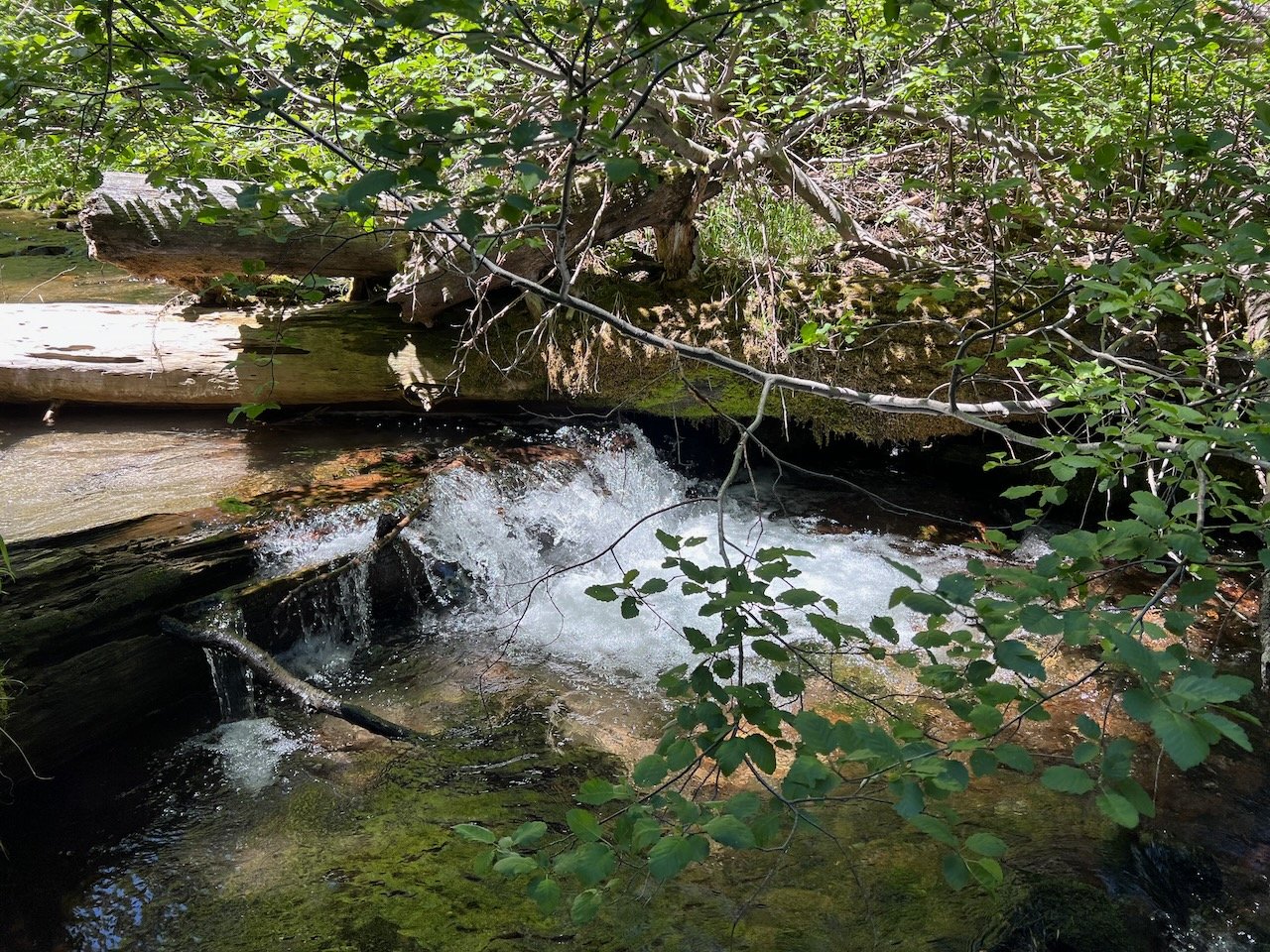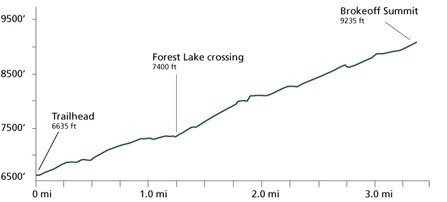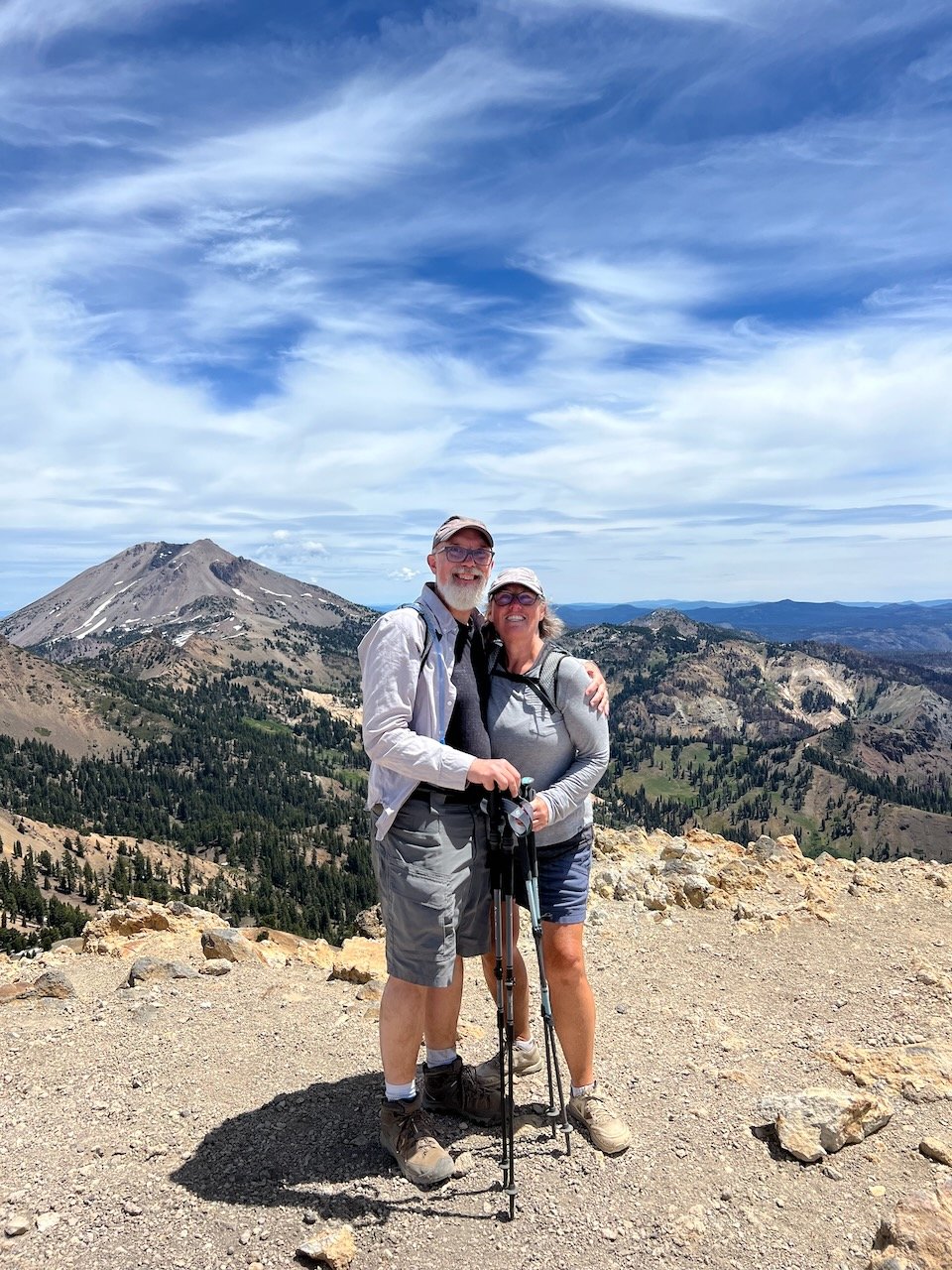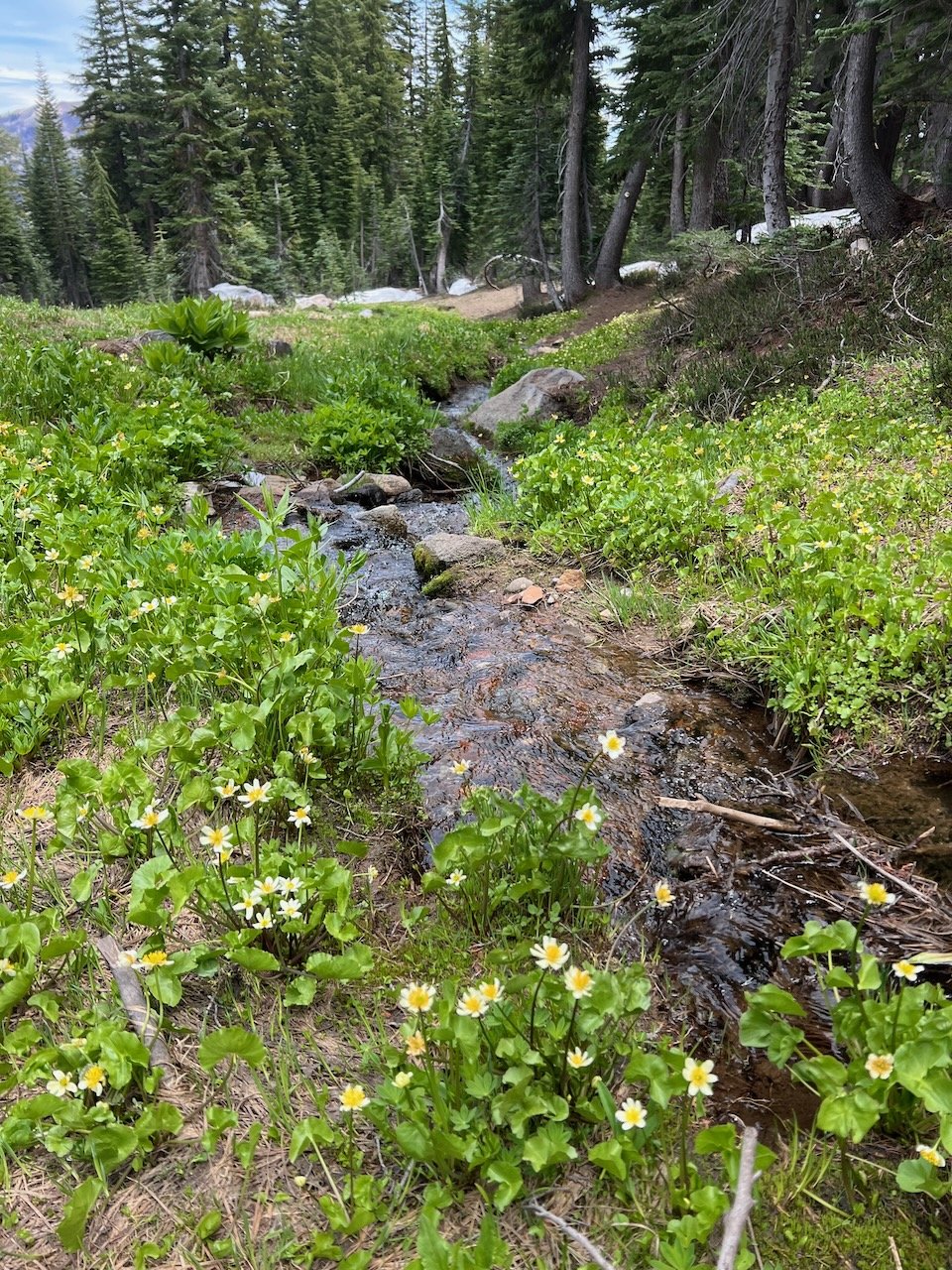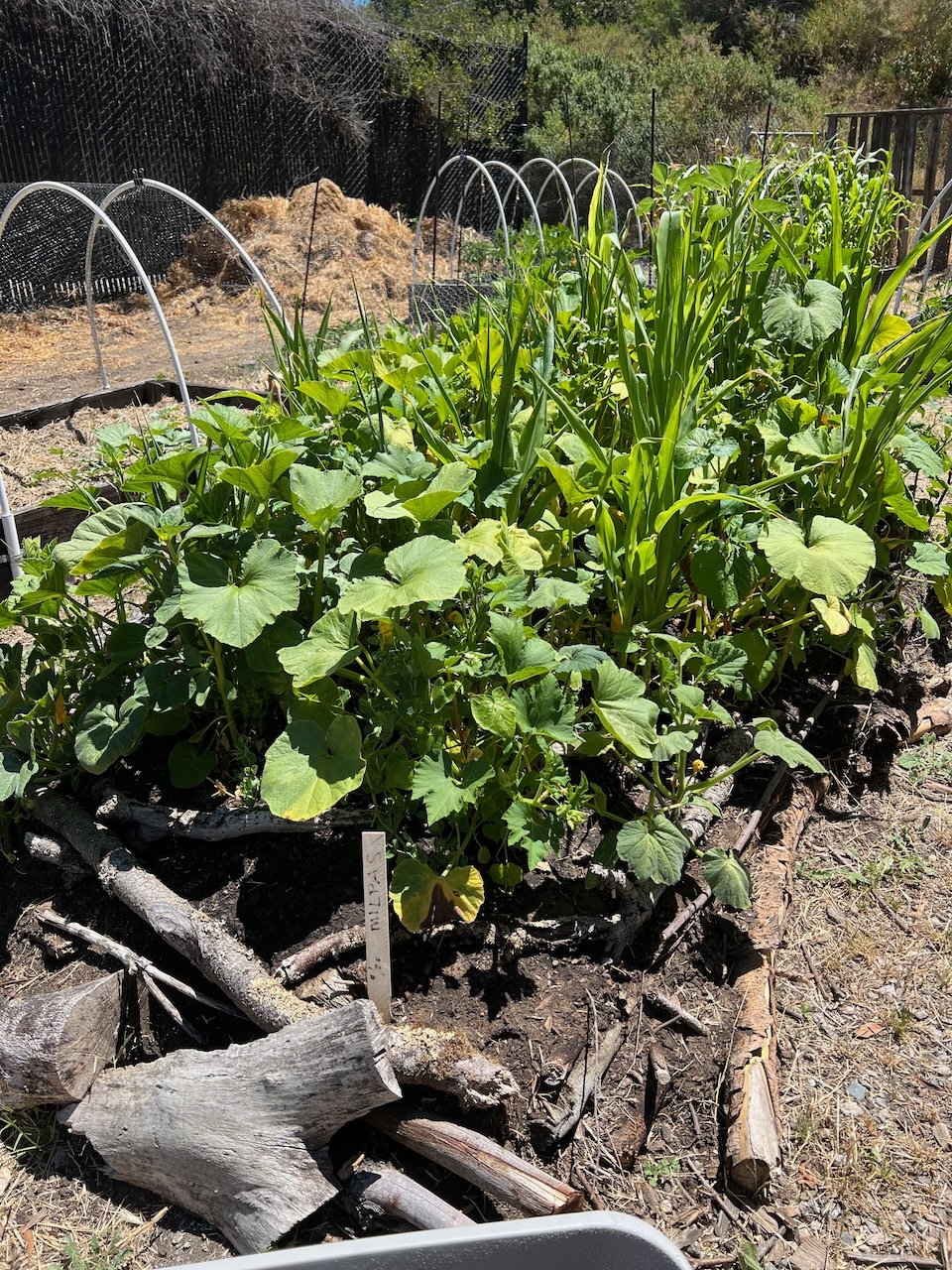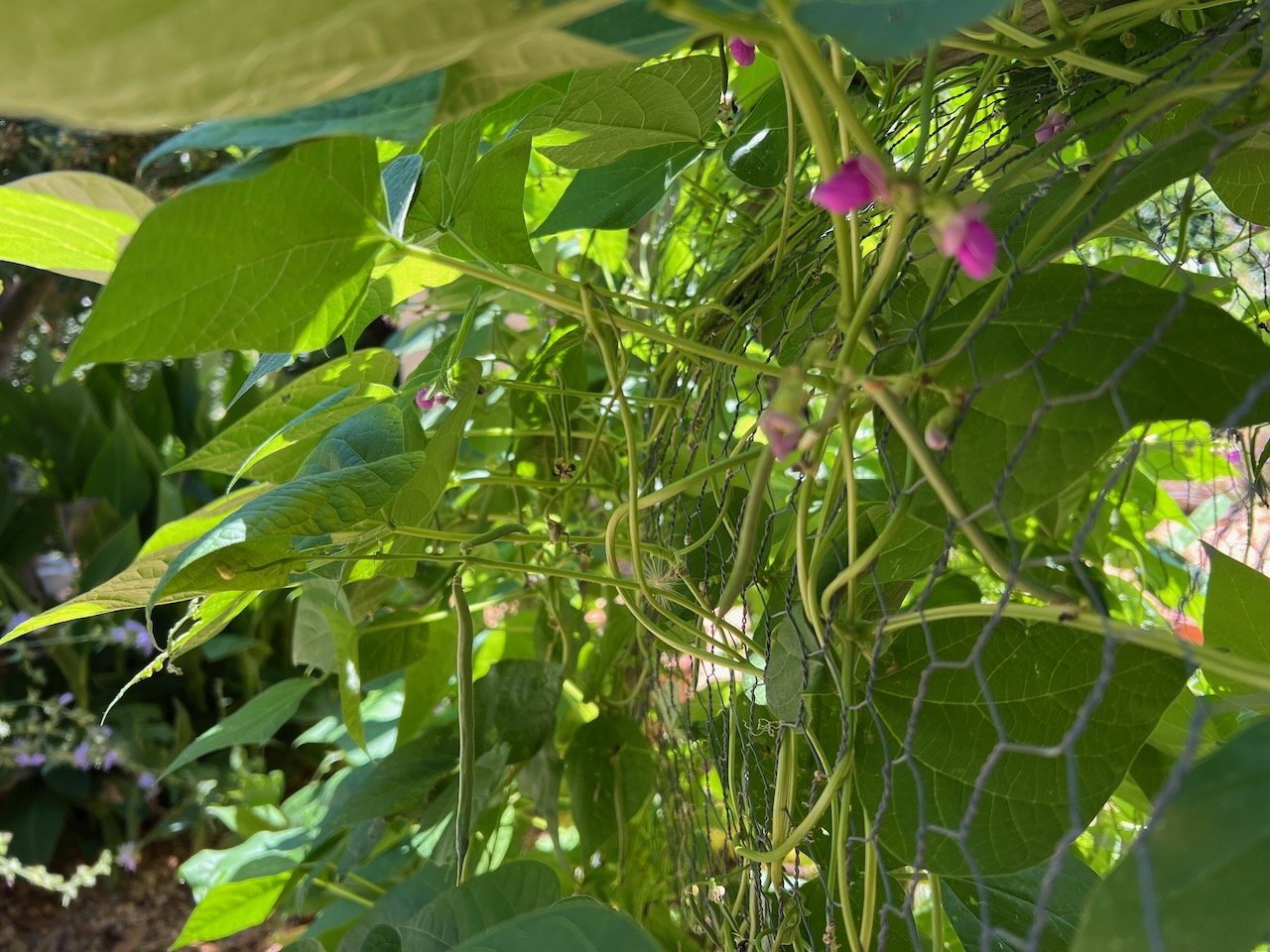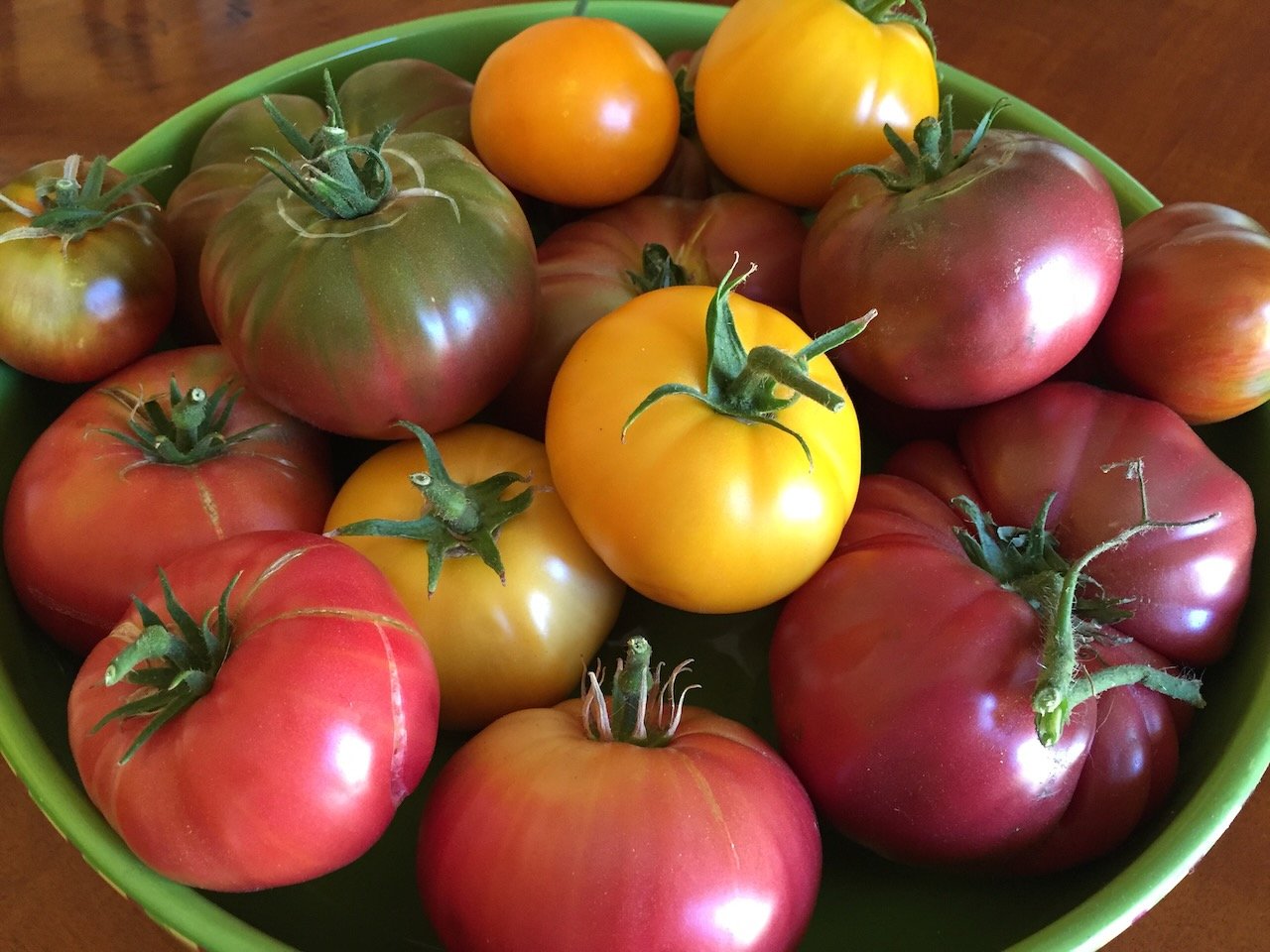When we moved to this property 18 years ago, we were delighted to inherit a few fruit trees located on the north side of the garden. Close to the fence line were an apple and peach, both gnarled and wonky in form, with old, disease-spotted trunks, and riotous overgrown greenery tufting absurdly out the tops. In another corner was a bushy quince, something neither of us had any experience with (and still don’t use to full advantage). The peach succumbed to disease several years ago; I replaced it with a mulberry that has yet to fruit. The quince, still vigorously bushy despite repeated attempts to contain it, mostly acts as a shady haven for the chickens in summertime. But the apple - well, I’ve worked hard to keep the apple producing. On low fruit years, I calendar a hard pruning for winter, and that always rewards me with a large summer harvest. On bushy years, I summer-prune it to manage its size. And as our garden has filled up with coops and raised beds, I’ve also halfway espaliered it to keep it flatter against the fence, and it doesn’t seem to mind that in the least. It just keeps on truckin’.
We don’t know what variety this tree is, but it ripens in July which is early for apples. The fruits are small and green, with a russet tint where the sun hits the skin, and they have very delicate flesh. They tend to be on the tart side, so it’s likely a variety meant for cooking rather than eating in-hand, but we eat them that way, too. The trunk and some of the larger branches have spots of canker, but I can’t bear to give up on it yet, not while it’s still producing so well.
Today, I was wandering around the garden trying to figure out what to have as a side to our steak and potato dinner. Unfortunately, I have covid, so I’m trying to stay out of the grocery store, and I am also taking a break from my school garden for a couple of days so I don’t accidentally infect anyone (thankfully some members of the Sustainability Club are taking care of the watering for me while I’m recuperating). This means I don’t have access to the produce there, and there’s so much more produce in the school garden (which has surprised me - I’ll be writing a post about that soon) than in the home garden. I don’t have any tomatoes or cucumbers yet at Poppy Corners; the only available peppers are spicy; I lagged in my harvesting of green beans and they all got giant and flaccid. After stripping those off and putting them in the compost (hopefully I’ll get another flush of beans soon), I was basically left with herbs and apples.
To complicate matters, I’ve been thinking a lot about a podcast I listened to recently in which a gut-health doctor/expert explained what our microbiomes prefer to eat. It turns out that the ideal diet for those little guys is plant food (I mean, did we really need someone to tell us that?), and a great variety of plant food at that - apparently they prefer 30 different plant foods per week. Simply put, the more diverse your diet is, the more diverse your microbiome is. Again, not terribly surprising, but 30 different plant foods can sound a little daunting, so I’ve been on a quest to determine if the Boegel diet meets that preference. Turns out, we’re doing quite well (the doctor said that nuts, seeds, and herbs also count, which helps), but it does take a little extra work, especially considering that I have a little… um… tomato addiction, and think eating them every day in season is quite reasonable.
Anyway, back to our dinner dilemma. I snipped some fresh thyme and chives; thyme and garlic could be mixed into softened butter, which would be an excellent addition to both our meat and potatoes, and the chives could be sprinkled over everything. As for the apples, I went down a rabbit’s hole trying to figure out how I could fry apples and onions to make a savory side dish (does anyone do this? If so, please share your recipe), but eventually decided to make that old childhood staple, applesauce.
I have good memories of my mother making applesauce every year in my youth. Actually, she still makes it every year. Growing up, we had a large vegetable garden, but not a lot of fruit. So we’d take several trips to a local farm called Butler’s Orchard to pick from their fields of berries and fruit trees. Then we’d eat some of it fresh, and mom would preserve the rest. She made jams with the berries, and sauce with the apples. She’d water-bath can these, often during the hottest days of the year, so we could eat them all year round. I must say I never appreciated that properly at the time! (Sorry, Mom, and thanks.)
My mother was an excellent steward of fresh produce and believed that nothing should be wasted. I remember her cooking the apples down in a little water, pits, cores, skin and all, to get as much nutrition out of the apples as possible. Then she’d put them through a food mill, add a teensy bit of sugar, and we’d have fresh applesauce sprinkled with cinnamon for supper before she canned the rest.
Reading this, it would be reasonable to assume that I too have been doing the same every year - I mean, how delicious! But I must confess that I have not been good about making applesauce in my adult life. Honestly, I’d rather have apple pie, or apple crisp, something firmly in the dessert camp (I do have such a sweet tooth). But today, I decided that applesauce could be a decent nutrient-dense side dish, standing in for a salad in my covid-housebound state. Also, supremely easy. I figured I could wing it, but just for kicks, I went through my cookbooks.
Years ago, Tom and I spent a ‘stay and cook’ weekend at The Apple Farm in Philo, up near the Mendocino coast. It was a revelatory weekend; we learned so much about cooking using ingredients from the farm and garden, and came home with so many recipes that we use frequently, like sorrel soup and rhubarb clafoutis. The Apple Farm is also a very beautiful place and the little cabins extremely cosy and comfortable, and the meals were just so delicious (duck! ribolleta!) . We also got to meet Sally Schmitt, a bit of a hero in the world of California cuisine. Sally Schmitt was the original owner of The French Laundry before they sold it to Thomas Keller. Before Chez Panisse even existed, Sally was one of the un-sung pioneers of farm-to-table cooking.
In retirement, Sally and her husband bought The Apple Farm, and along with their daughter and son-in-law, operated a farmstand and cooking classes. At the time of our visit, Sally and her husband were quite elderly and largely out of the day-to-day operations, but we saw them at mealtimes, which was a thrill.
Sally’s cookbook was published earlier this year, just after her death in March. I immediately bought a copy. It’s full of fun stories about the early days of what would become ‘California cuisine,’ and great pictures of ‘70s clothes and hair, and of course, wonderful recipes.
Being owners of an apple farm, naturally there is a section in the cookbook for apples, so I consulted their applesauce recipe. It wasn’t at all how I remembered my mother making it. Sally used apple juice instead of water, a full cup of sugar (to 4 cups juice and 8-10 lbs apples), a knob of butter, a tablespoon of salt, and no cinnamon! Also, she peeled and cored the apples first!
Well. I was torn. I called my mother, just to check in and see if I remembered her method correctly. That was a fun conversation, leading mom to later go look in her own files and books to see where she learned to do it that way, only to come up empty-handed. A mystery! I decided to go ahead and try Sally’s recipe this time, for a change. However, I didn’t have any juice on hand, so I used water. And I added several tablespoons of lemon juice. And I omitted the salt. Ok, maybe I just basically made up my own recipe.
Gotta say, it’s delicious. Creamy and sweet, but also tart, and full of the memories of childhood.
What’s your favorite applesauce recipe?















